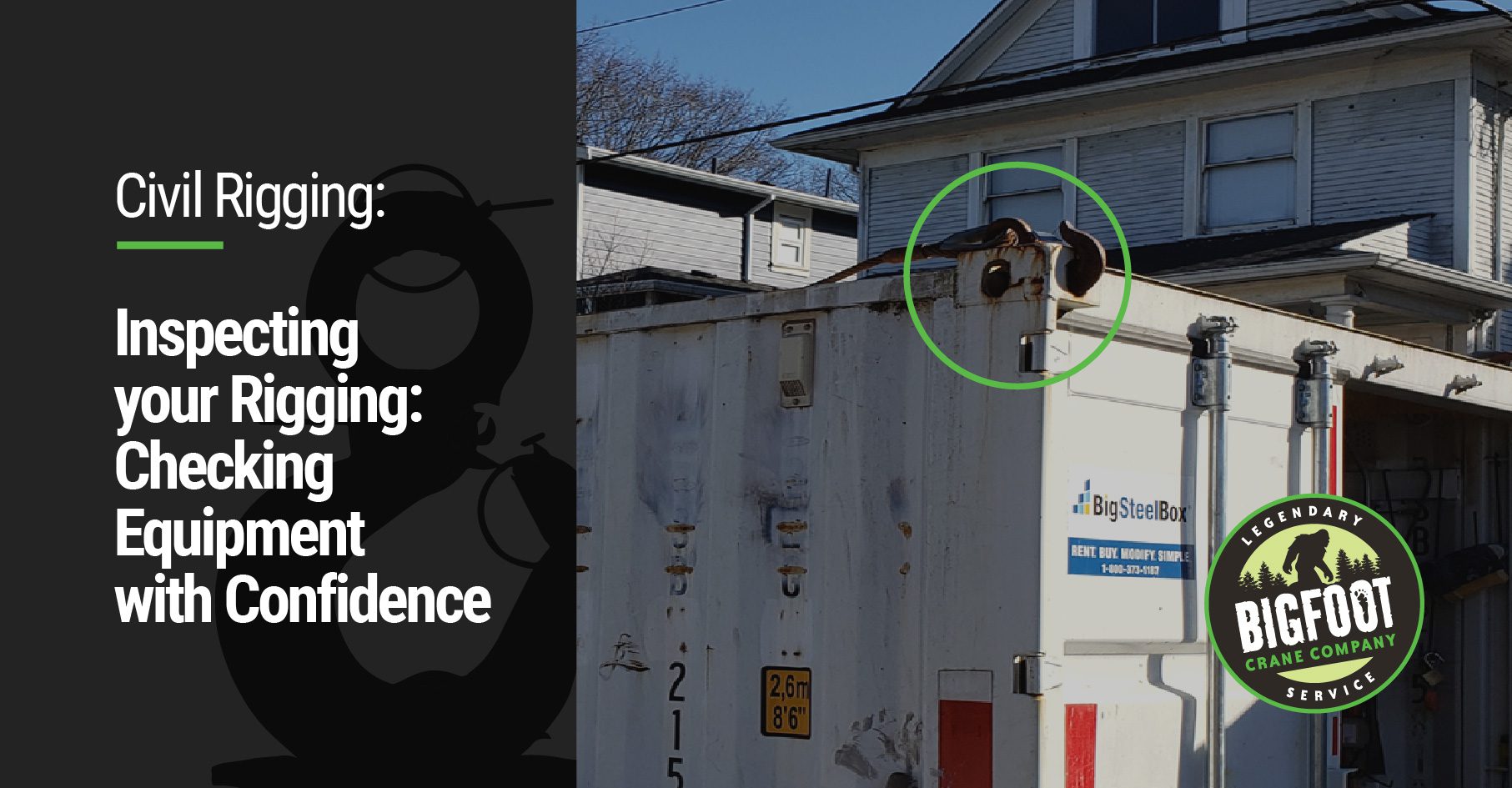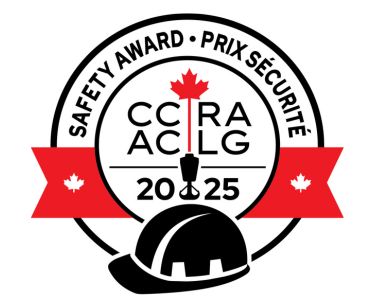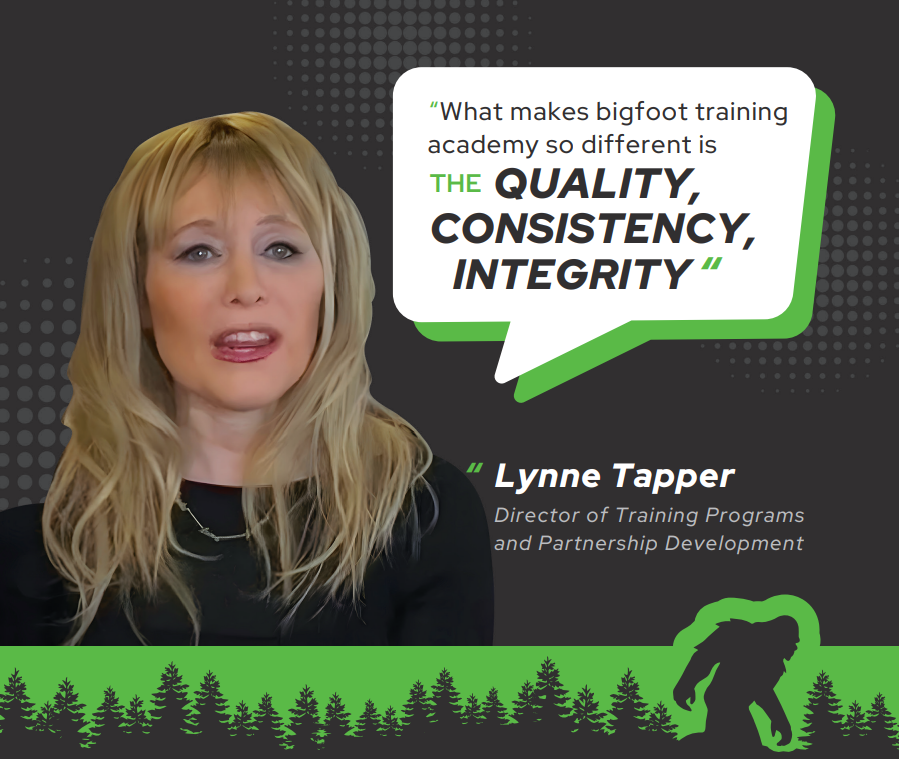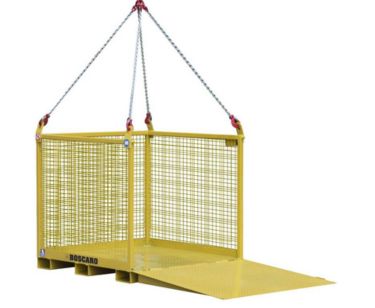Inspecting Civil Rigging – Keys to Safety

Inspecting civil rigging should be something every rigger nows how to do. They also need to be able to check their equipment with confidence to determine whether it is safe and ready to use or it is unsafe and in need of removal.
According to Ralf Notheis, Manager of Bigfoot Crane Academy, there are basic standards for every piece of equipment that riggers use on a regular basis. “It’s essential for riggers to know the rejection criteria for hooks, shackles, and slings,” says Notheis. “If they don’t, then they’re putting themselves and others at risk of using damaged and dangerous rigging equipment.”
Most rigging hardware comes with the manufacturer’s name and specifications on it and should not be used if this information cannot be found or if the condition of the hardware does not meet the specifications. There are dependable ways to check for wear, cracks, corrosion, and deformation, so that unreliable equipment can be discarded.
In Bigfoot’s Civil Rigging Course, every rigger is taught how to identify not only if their equipment meets the basic standards of use, but also if it’s being used in the proper way. “Using the right hardware incorrectly,” says Notheis, “is as dangerous as using damaged equipment.”
An educated and equipped rigger is able to spot sling angles and hook connections that are incorrect. They are also able to identify makeshift fitting when they see it, so they can either avoid its use or determine whether it has been certified by a professional engineer.
Once again, the point of Bigfoot’s training is to keep riggers safe on the job. Defective equipment is the most common cause of accident and injury when performing lifts. However, using the right hardware in the right way makes rigging safe and efficient.
To learn more about inspecting civil rigging with confidence, enroll in our Civil Rigging Course by clicking the button below.




